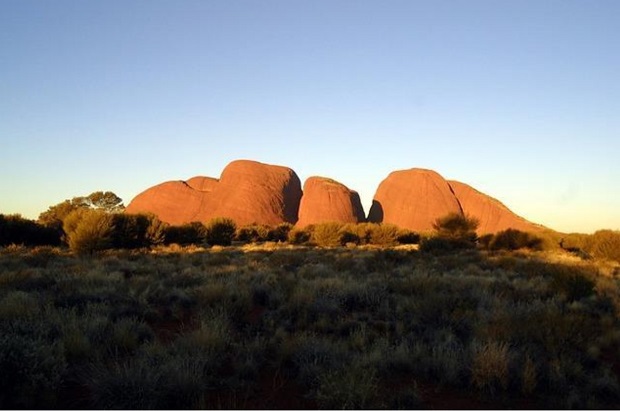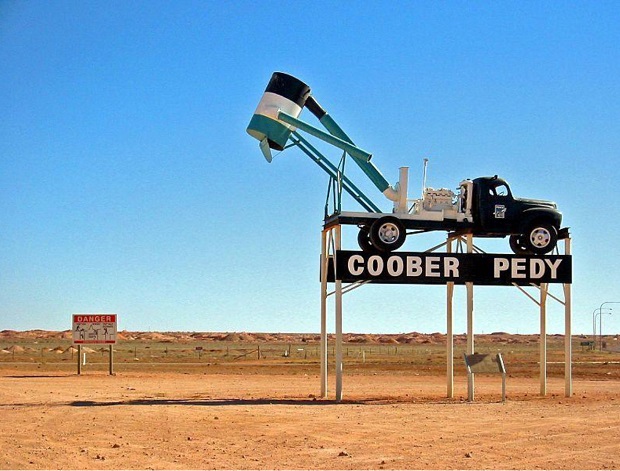With vast expanses of red earth and blue sky, the Outback offers no shortage of surreal landscapes for road trippers to enjoy. Whether you have five days or several weeks at your disposal, you won’t want to miss the following top destinations in the sprawling, rugged Australian Outback.
1. Alice Springs
Many visitors start their journey in Alice Springs, located in Central Australia. This charming town offers a good home base for further exploration of the area, with day trips available to the MacDonnell Ranges and Ilparpa Valley. Get out into the desert on the back of a camel before enjoying the town’s friendly nightlife after the sun sets.
2. Uluru
Also known as Ayers Rock, Uluru is one of the most iconic sights in the Outback. It truly lives up to its reputation, particularly when viewed at sunset or sunrise. Admire the way that the sunlight changes the colour of the rock, giving it a warm red glow as if it’s lit from within. The rock is sacred to the Anangu aboriginal tribe, and features a number of intricate rock paintings which help to make it a UNESCO World Heritage Site. You can climb to the top at certain times of year, although it’s not for the faint hearted!
3. Kings Canyon
Located in the same vicinity as Uluru, Kings Canyon offers more stunning rock formations and hiking opportunities to enjoy. Take a hike along the rocky trail circling the rim of the canyon, where you can look down to see sheer 1,000-foot drops into the canyon below. You may want to stand back if you’re afraid of heights, but the views are magnificent.
4. Coober Pedy
Get out of the pounding desert heat and head underground into the small village of Coober Pedy. There are a number of structures located underground in cool caverns, including several hotels, a museum, and a church. As one of the world’s opal capitals, you can also try your hand at fossicking in one of the nearby opal mines.
5. Kakadu National Park
Kakadu is located just outside of the Outback region, but it is reached through an Outback drive as the park is located 100 miles to the southeast of Darwin. This lush, remote national park is home to a stunning variety of birds and wildlife, including massive crocodiles. You may also spot bats, snakes, and dingoes in their natural habitat.
Although the Outback has a reputation for being desolate and even dangerous, it is actually quite well trafficked with inviting small towns along the way. However, a few safety precautions can go a long way, as temperatures can soar. Bring plenty of extra water, a hat, sunscreen, and a good map. It’s also worth getting your car serviced before you depart, as tyres can take a beating on choppier roads. Learn more about different types of tyres if you’re in the need for a new set, and top up your car’s fluids before you hit the road. With a bit of preparation, you’ll be in prime shape to explore.

